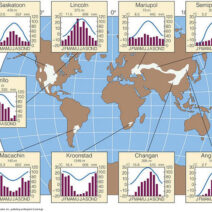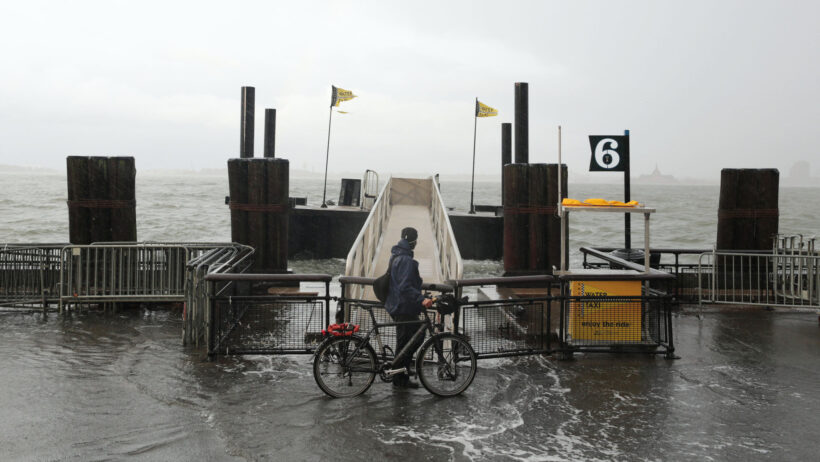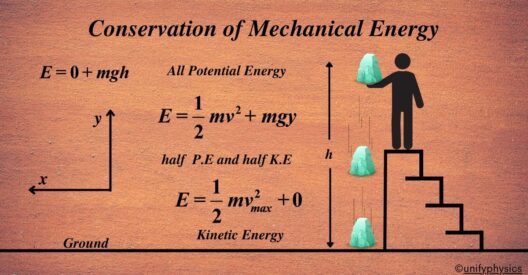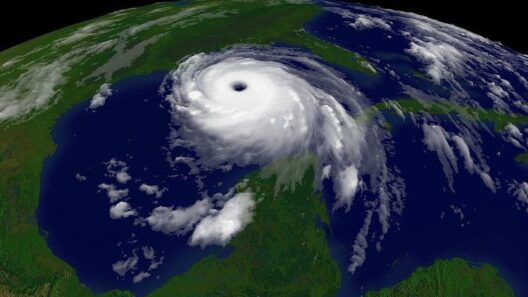Hurricane Sandy, which struck the northeastern United States in late October 2012, has become a case study for assessing the implications of climate change on extreme weather events. This formidable storm, reaching its peak intensity as a post-tropical cyclone, caused widespread devastation, bringing into question the role of anthropogenic climate change in exacerbating natural disasters. The complexities of this relationship warrant a closer examination of the underlying scientific principles and climatological data surrounding Sandy.
To understand the potential influence of global warming on Hurricane Sandy, one must first delve into the mechanics of hurricanes themselves. These intense tropical storms form over warm ocean waters, where they derive energy from the heat of the sea. As global temperatures rise due to the accumulation of greenhouse gases in the atmosphere, ocean temperatures have also escalated. Warmer seas can lead to more potent storms, increasing the likelihood of more intense hurricanes that have the potential to wreak havoc as they make landfall.
Recent studies have indicated that the warming of the Atlantic Ocean, particularly near the Eastern Seaboard, could correlate with an uptick in the intensity and frequency of tropical storms and hurricanes. For Sandy, the ocean temperatures in October 2012 were significantly above the long-term average, providing ample fuel for the cyclone. The National Oceanic and Atmospheric Administration (NOAA) posits that warmer oceans can enhance tropical cyclone intensity, leading to storms that are not only stronger but also more capable of causing widespread destruction upon approach to populated areas.
A critical concept to explore is the modification of weather patterns as a consequence of global warming. The changing climate has been linked to alterations in atmospheric circulation, potentially resulting in storms that linger longer and travel farther. In Sandy’s case, the atmospheric conditions led to an unexpected turn towards the northwest, driving the hurricane into the densely populated Northeastern Coast. The presence of a blocking high-pressure system allowed Sandy to maintain its intensity and expand in size, presenting a dual threat of flooding and high winds.
The precipitation levels associated with Hurricane Sandy were particularly alarming. As the storm made landfall, it brought with it a monumental amount of rainfall, exacerbated by warmer air holding more moisture. The rainfall caused significant flooding in areas already saturated from previous storms, leading to unprecedented damages across the region. Historical records following Sandy revealed that while storms of such magnitude had occurred before, the scale and severity of Sandy’s impact were unprecedented. This raises critical questions about the future trajectory of hurricane behavior under continued warming scenarios.
Climate models have projected an increase in both the intensity and frequency of hurricanes by the end of the 21st century. This prediction, primarily driven by the expected rise in sea surface temperatures and changing atmospheric dynamics, reveals an urgent need for communities to rethink their approaches to disaster preparedness and urban planning. The implications of Hurricane Sandy illustrate the necessity of integrating climate science into public policy — a challenge that necessitates collaboration among scientists, policymakers, and communities.
Moreover, the socioeconomic impacts of Hurricane Sandy cannot be understated. Lower-income communities disproportionately suffered during the storm, highlighting the intertwined nature of climate change and social inequality. Vulnerable populations often reside in areas more susceptible to flooding, lack adequate infrastructure, and face challenges in recovery efforts. As climate change continues to influence the severity of such events, it amplifies existing societal vulnerabilities, thereby demanding equitable solutions that address both environmental and social justice.
Despite the multifaceted nature of hurricane dynamics, the growing scientific consensus maintains that climate change is a significant factor influencing the intensity of storms like Sandy. This recognition presents an opportunity to reevaluate our relationship with the environment and calls for ambitious climate action. Transitioning to renewable energy sources, enhancing energy efficiency, and implementing policies aimed at greenhouse gas reduction are vital components necessary to mitigate future climate-related disasters.
Finally, to foster a broader understanding among the populace, it is essential to engage in dialogue about climate change and its concrete impacts on weather patterns. Enhancing public awareness about the connections between climate change, hurricane strength, and societal impacts will help galvanize collective action towards resilience building. As individuals, communities, and nations grapple with the realities of a changing climate, acknowledging the influence of global warming on hurricanes like Sandy is a crucial step in preparing for the future.
In conclusion, Hurricane Sandy serves as a poignant reminder of the urgent need to address climate change comprehensively. As we continue to experience the ramifications of warmer oceans and altered weather patterns, the evidence increasingly supports the reality that global warming indeed fuels the intensity of storms. By shifting our perspective on climate action to view it not merely as an environmental issue but as a pressing ethical imperative, we can pave the way toward a sustainable future that acknowledges and prepares for the challenges posed by an unpredictable climate.








